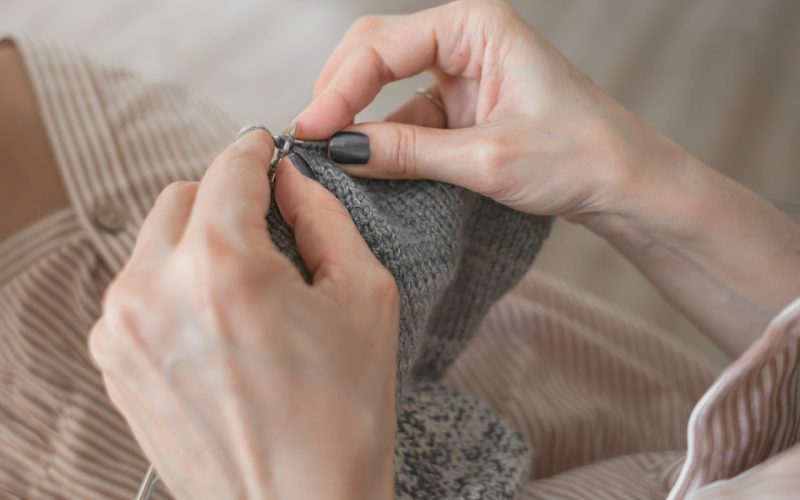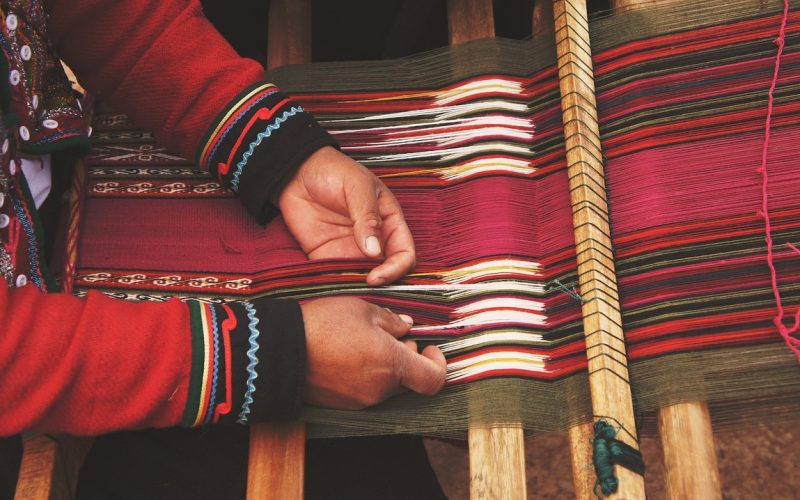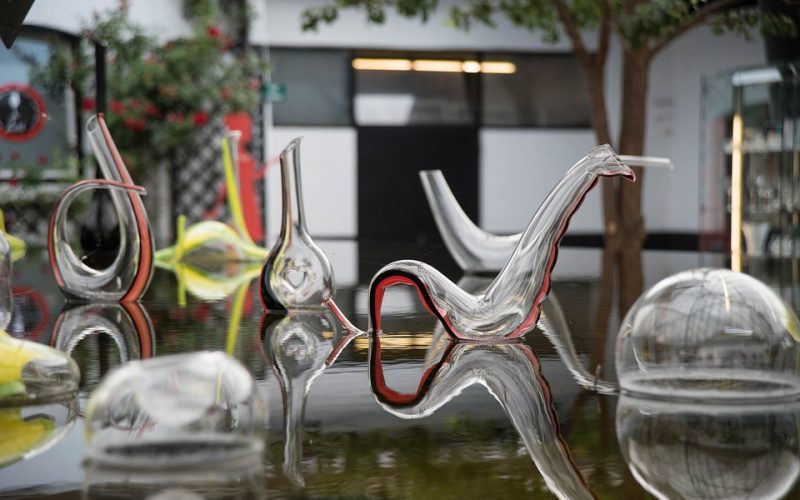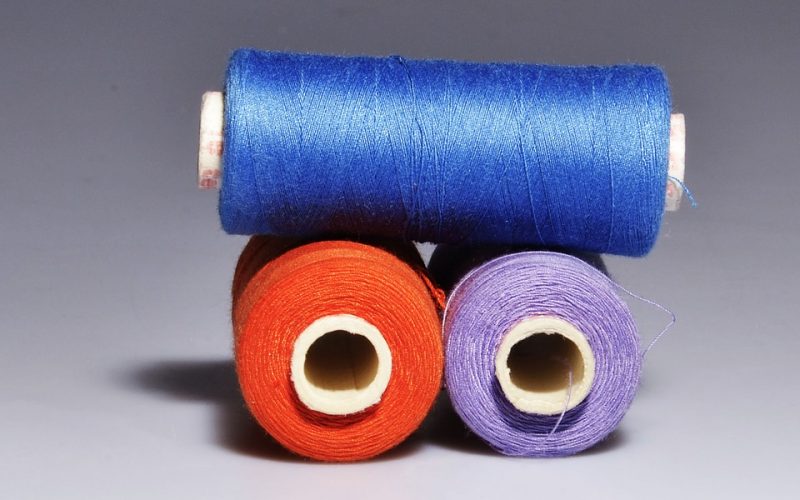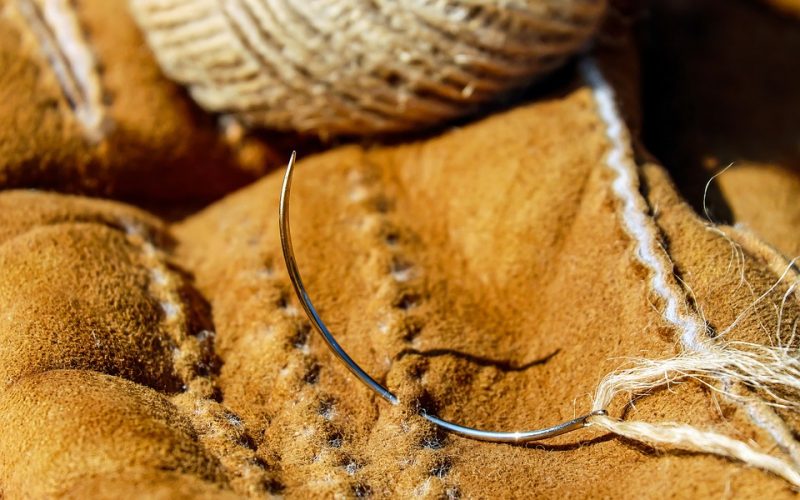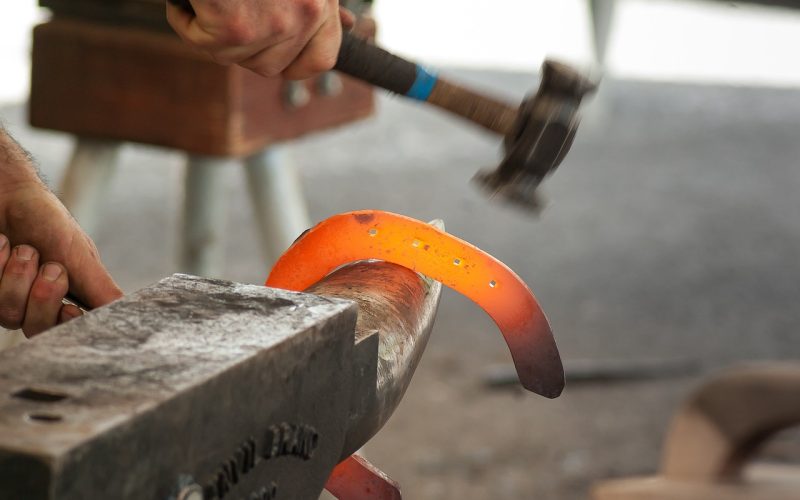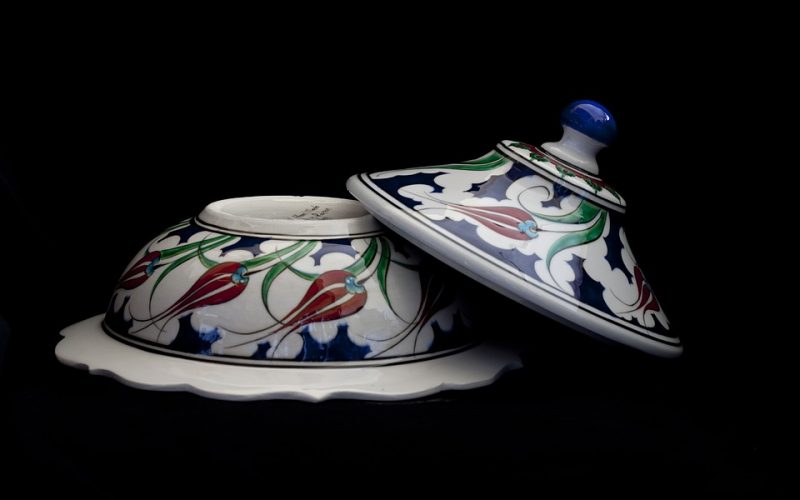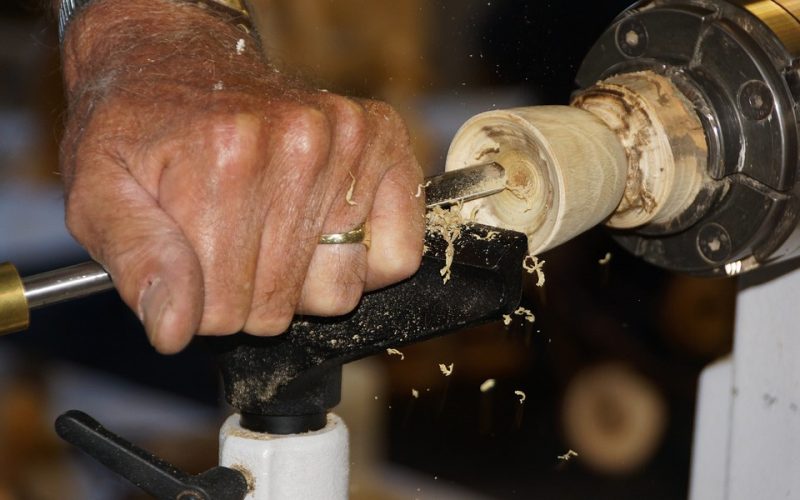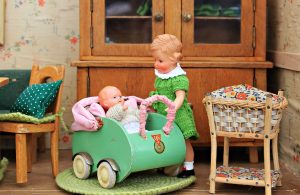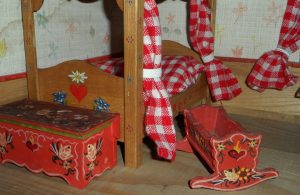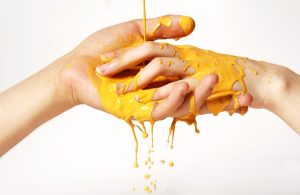The Rise Of Home-Making Hobbies
In recent years, there has been a notable resurgence in home-making hobbies as people increasingly turn away from cheap, on-demand products. This trend signifies more than just a nostalgic return to traditional crafts—it's a deliberate choice driven by a desire for quality, sustainability, and personal fulfilment.
The DIY movement gains momentum
The Do-It-Yourself (DIY) movement has gained significant traction over the past decade. From knitting to woodworking, individuals are discovering the joy of creating things by hand. The global pandemic accelerated this trend, as people found themselves with more time at home and a need for creative outlets. Social media platforms like Instagram and Pinterest have played a crucial role in popularising these hobbies, offering both inspiration and community support for budding artisans.
A stand against mass production
One of the driving forces behind the rise of home-making hobbies is a growing disillusionment with mass-produced goods. Consumers are increasingly aware of the environmental and ethical implications of fast fashion and cheap manufacturing practices. By engaging in home-making activities, individuals can take a stand against unsustainable production methods and instead focus on creating one-of-a-kind, eco-friendly items.
Crafting as a form of self-care
Beyond environmental concerns, home-making hobbies also offer excellent mental health benefits. Engaging in creative activities has been shown to reduce stress and anxiety, improve mood, and enhance cognitive function. For many, crafting serves as a form of mindfulness practice, providing an opportunity to disconnect from the constant barrage of digital information and focus instead on the tactile experience of making something with their own hands.
Reconnecting with heritage and tradition
For some, the resurgence in home-making hobbies is a way to reconnect with their cultural heritage and family traditions. Skills and crafts that were once passed down through generations are being revived as people seek to honour their roots and preserve these valuable techniques. This renewed interest in traditional crafts not only fosters a sense of connection with the past but also ensures that these skills are not lost to future generations.
The economic appeal of home-making
In addition to the personal and environmental benefits, home-making hobbies can also have economic advantages. Creating items at home can be a cost-effective alternative to purchasing mass-produced goods, especially when it comes to personalised or customised items. Furthermore, the rise of online marketplaces like Etsy has provided artisans with opportunities to monetize their hobbies, turning their passions into profitable side hustles or even full-time businesses.
A community of creators
The community aspect of home-making hobbies cannot be understated. Enthusiasts often gather in online forums, social media groups, and local workshops to share tips, techniques, and encouragement. This sense of camaraderie fosters a supportive environment where people can learn from one another, celebrate each other's successes, and collaborate on projects. This growing network of creators helps to further propel the movement, inspiring even more individuals to join in and explore their own creative potential.
The rise in home-making hobbies represents a powerful shift in consumer attitudes towards quality, sustainability, and self-expression. By choosing to create rather than consume, individuals are not only enhancing their own well-being but also contributing to a more sustainable and environmentally conscious world. Whether driven by a desire for uniqueness, a connection to tradition, or the simple joy of making, the home-making renaissance is a testament to the enduring power of creativity in today's fast-paced, consumer-driven society.
